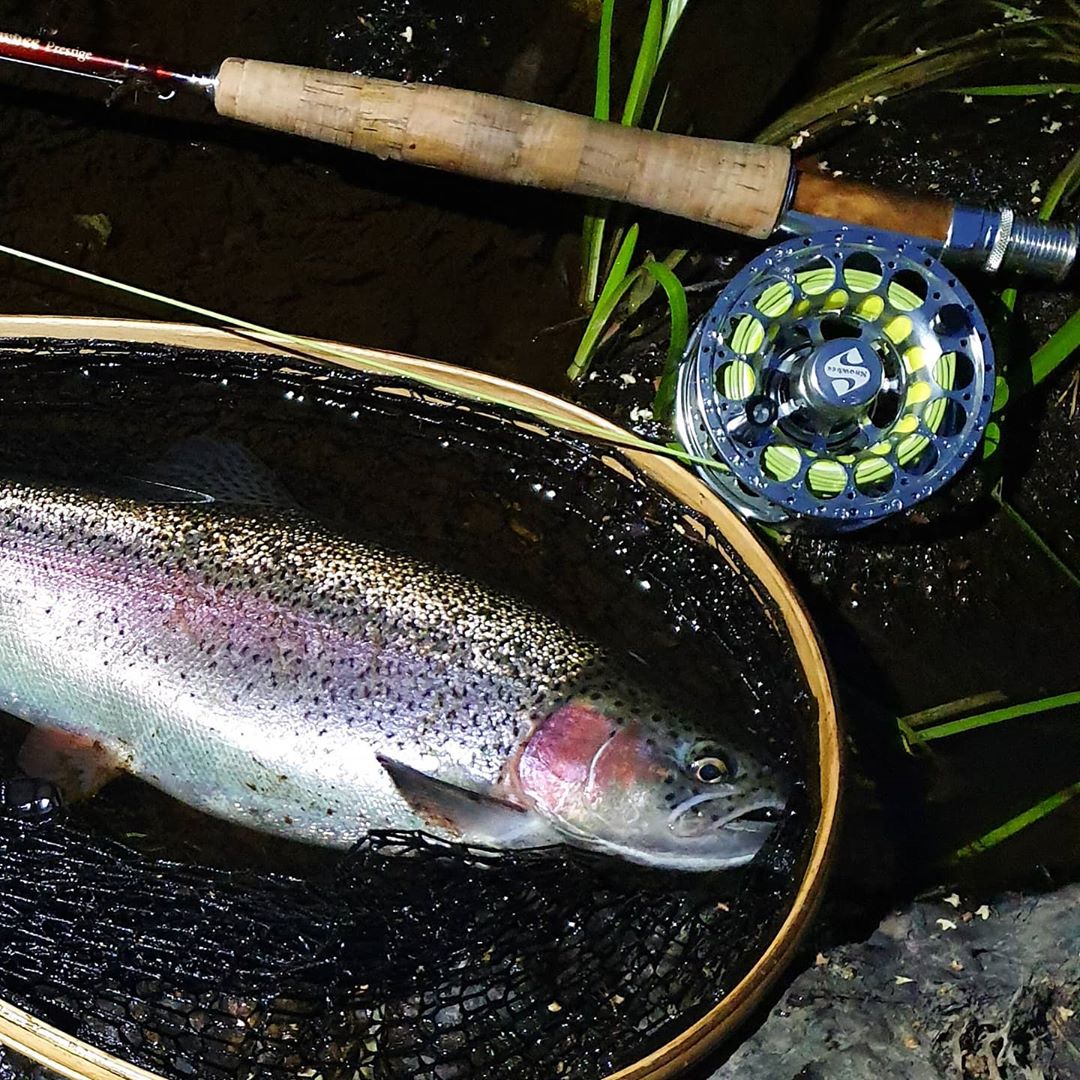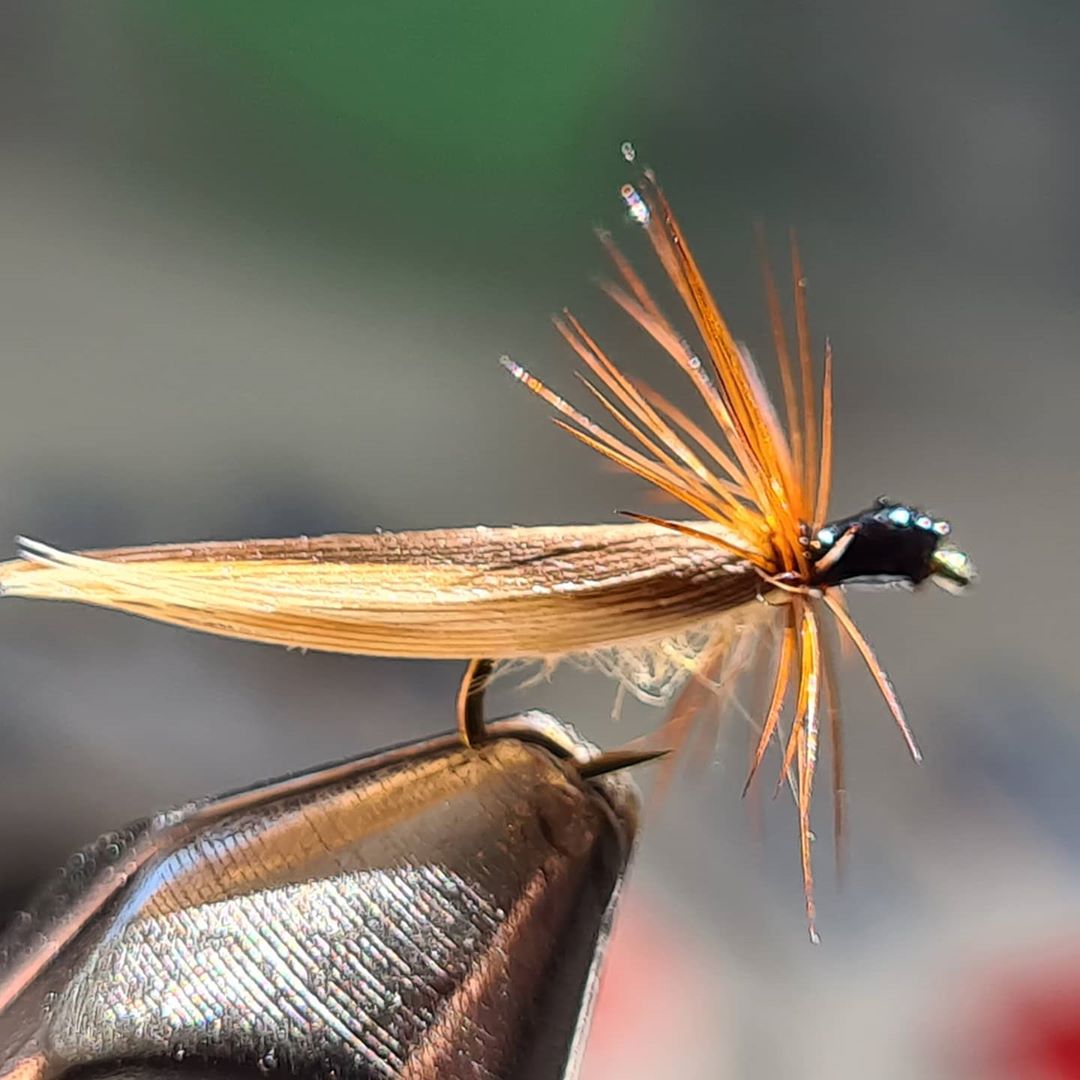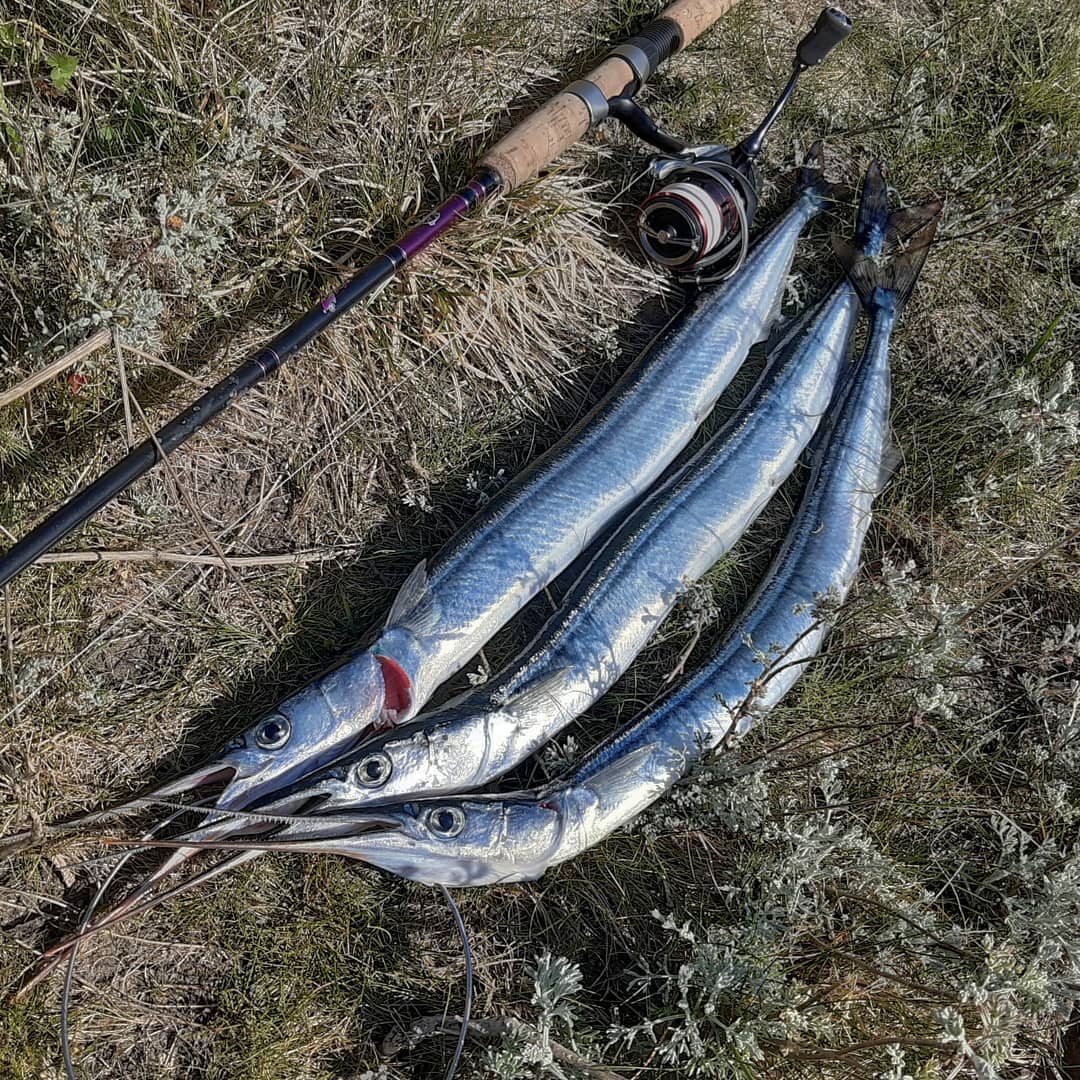Learning how a trout thinks usually goes along with experience.
Fishing different rivers or even your home river continuously, helps the angler understand to an extent how to “think like a trout”.
This section is devoted to helping anglers understand some of the basics on where trout hold or why they migrate to certain places.
It will also review how trout select flies and why specific flies may entice them more.
Where trout hold and why
 There are a few deciding factors in where trout hold. These are security, water temperature and oxygen, and food supply.
There are a few deciding factors in where trout hold. These are security, water temperature and oxygen, and food supply.
First and foremost trout need security. Whether it’s a choppy riffle, fast run, deep pool, or fallen tree to shelter them, trout need to feel safe before they will go about feeding. They will make themselves more vulnerable to feed, but if this the case, they will usually do it when they have the security of low light. Trout feeding on bright sunny days, especially larger wild fish, will usually only feed if they know they can escape quickly to a safe “lie”. If you have ever “put a fish down” while it was taking dries off the top, the fish is simply retreating to a lie where it knows it’s safe until things clear. Once the trout feels the coast is clear, he will often come back up to start feeding again. With this in mind, try making every cast count. Continuous casting to a fish already put down will just insure he will stay down. If you feel you have put the fish down, wait until he begins to rise again, and not just once. Let him come up a few times to insure he feels safe. Once again, make each cast count, and let the line swing away before picking it up off the water. Any sudden movements or a line picked off the water too quickly may put the fish back down. Take your time.
Water temperature and oxygen are vital to trout survival, and where they hide. They can lie dormant in extremely cold water temperatures, yet warm water temperatures over seventy-five or eighty degrees can often be fatal. Trout will seek cool water sources when water temperatures become warm. Cold underwater springs and cool feeder creeks are areas where trout will migrate during periods of warmer water. With this in mind, a thermometer is a very useful tool. Taking water temperatures will help find areas of a river where temperatures are more favorable. Trout feed most active in water temperatures between fifty and sixty-five degrees. Remember to look for favorable water temperatures and good oxygen. These areas are also vital to insect life which trout feed on. Fishing in water temperatures exceeding seventy degrees can be stressful for these fish. Always handle them delicately and quickly release them.
Food is obviously an important aspect to trout survival as in any living organism. Trout need to feed often, especially in water temperatures above fifty degrees when their metabolism is at its highest. Food is needed to ensure them being healthy and strong. Trout hold or move to areas where food will funnel to them. When dry fly fishing, this feeding lane is also often called a “scum-line”. This lane of debris and food is usually visible and trout can often be seen gently feeding on passing insects. In riffles and runs, trout usually hold near a structure which breaks the current. This enables them to rest without fighting the stronger currents, and gently intercept passing food. Trout will often move into riffles and runs early in the morning to feed on nymphs that are preparing to hatch. During midday, most larger trout are often sulking on the bottom of a deep pool. There are exceptions; when the food supply is good, trout will sometimes make themselves vulnerable, as long as they have a quick getaway to deeper water or good cover. Evenings and into the night is usually the best time to dry fly fish. Trout, especially browns, dislike the sunlight. Large browns and even rainbows (contrary to what many people believe about rainbows) will drop their guard and feed very aggressively at night under the cover of darkness. Trout like easy meals where they will expend the least amount of energy. Spinners and emergers present an exceptionally easy meal for them.
Fly selection – Why are these trout so fussy?
 Trout are often very selective and fussy. This is probably why most people enjoy trout fishing, they just don’t realize it. Leaving a river frustrated makes me want to fish it harder the next time. There is a satisfaction to finally see a trout take your dry fly, seeing your line twitch from a trout striking your nymph, or the jolt on the end of your line as you strip your streamer.
Trout are often very selective and fussy. This is probably why most people enjoy trout fishing, they just don’t realize it. Leaving a river frustrated makes me want to fish it harder the next time. There is a satisfaction to finally see a trout take your dry fly, seeing your line twitch from a trout striking your nymph, or the jolt on the end of your line as you strip your streamer.
Trout are especially selective on rivers with a population of wild fish. A trout that has been feeding on a certain insect, knows exactly what it is supposed to look like. If you have been eating apples every day and someone gives you an orange, what would you eat?
A few reasons why trout are selective:

- 1 – Bug supply…Sometimes there are so many, it is difficult to get a fish to take yours. Try to time the fish as it takes. Count in between when the fish takes, and try to float your fly over him when he’s ready to take again.
- 2 – Proper drift…Trout become aware of a fly drifting incorrectly, it looks unnatural. Try throwing a reach mend into your cast, or mending to keep the fly drifting naturally as long as you can with fishing with a quartering downstream approach. Also, you can try drowning a “dun” to make it look like a more vulnerable meal.
- 3 – Repetition…Trout will usually select a certain insect to feed upon, and consistently take it even if there are six different mayflies on the water. They know what each one looks like before selecting it. If yours floats wrong, drifts wrong, or is the wrong size they will usually not take. Make each cast count and at times throw them a “curve ball”. Try fishing a Rusty spinner when they are taking Hendrickson duns, or try different patterns of the fly being fed upon. Each pattern presents a different silhouette and “look”, and changing patterns can sometimes do the trick.
- 4 – Line shy…Trout become line shy, and can visually see your leader. Try a smaller tippet size. Always try fishing down river to fish so you do not “line” them. Feed your fly to them accurately, casting over their heads will greatly decrease your odds. False casts are a deterrent. Line movement and shadows over a fish will “spook” them.
- 5 –Fishing pressure…Trout become more wary, line shy, and selective the more pressure they get. Try moving up stream or downstream from an area where fishing pressure has been heavy, or venture off to a more remote location.
Summary
Remember that trout are wary and selective fish. They need to feed like every other living thing, but will only do so when the food supply and needed security is there. Take your time and make each cast count, this is where many people make mistakes. They are in a rush to fish after the long work week, and it ends up becoming more difficult. Don’t try too hard to out-think the fish. You may end up out-thinking yourself. Practice helps, and being out on the water will increase your knowledge. Share what you know with another angler, or ask another angler a question. Everyone can learn something each time out, no matter what their skill level is. Most importantly……Have fun!






